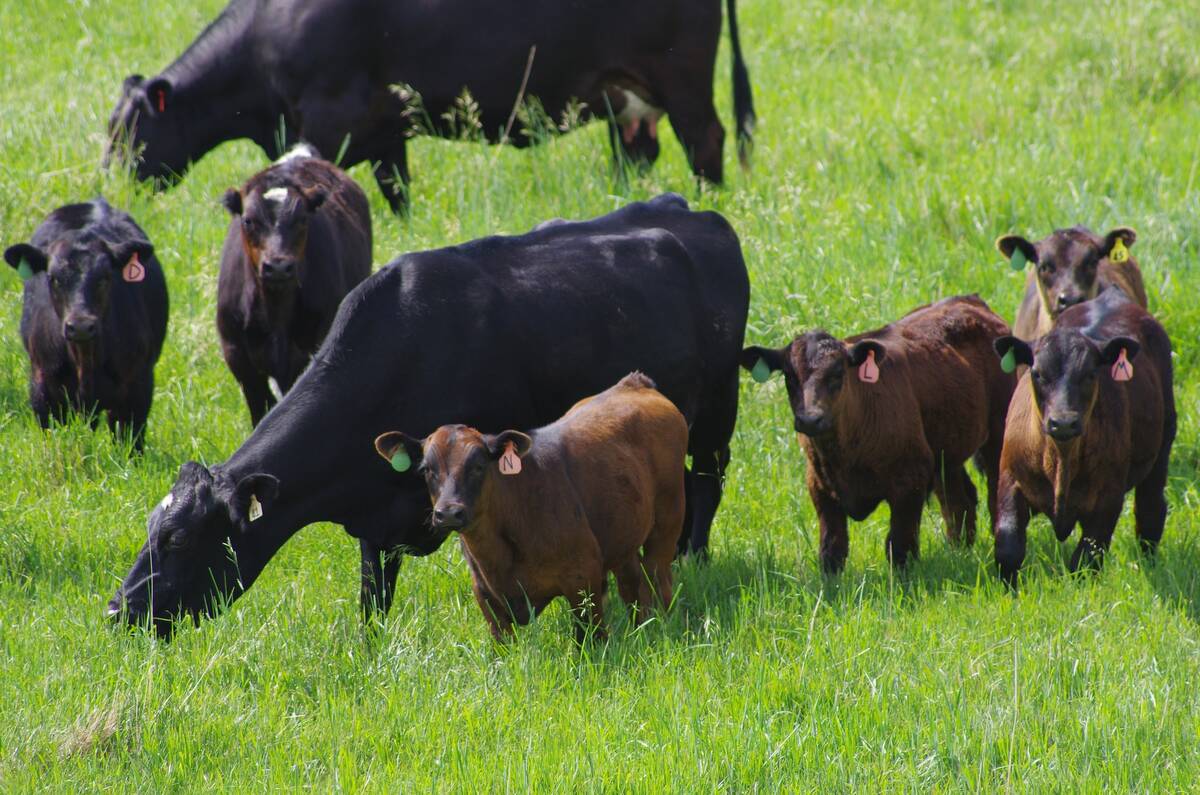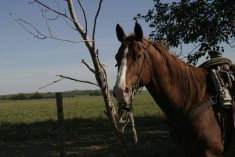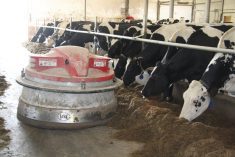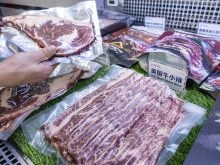Ernest Miciak is the chair of the Alberta Veterinary Medical Association’s animal welfare committee. He attended an animal sentience conference March 17-18 in London, England, and is filing a series of reports from the conference.
LONDON, U.K. Ñ Farm animal welfare in the United States has received lots of talk but little action, the head of the Humane Society of the United States’ farm animals and sustainable agriculture department told the recent Compassion in World Farming animal sentience conference in London.
Mike Appleby said although there is increasing discussion about the issue, little improvement has been made in the treatment of livestock compared to that in Europe.
Read Also

Manitoba extends Crown land rent freeze
Manitoba government links the continued rental rate freeze on grazing and forage leases to economic and environmental challenges facing the industry
He said producers often claim that the welfare of their animals is satisfactory but these claims generally disregard sentience, which is the belief that animals are thinking, feeling beings capable of suffering.
“Even more than elsewhere, producers in the U.S.A. tend to emphasize physical aspects of welfare such as health and growth,” he said.
“The general public, by contrast, tends to emphasize both mental aspects, such as suffering, and aspects concerned with naturalness. The government has not restricted the ability of producers to dictate the terms in this debate: there are no federal laws on how animals should be treated on farms.
“As such, housing systems such as crates for sows and veal calves and battery cages for laying hens are usual, and practices such as forced molting of hens and use of rBST in dairy cows are prevalent, all of which result in suffering.”
Appleby singled out the Humane Methods of Slaughter Act as the only federal legislation protecting farm animals that is contingent on sentience because it requires livestock, with the exception of poultry, to be “rendered insensible to pain” before slaughter.
Most of the voluntary programs introduced by producers and retailers to address public concerns about welfare tend to be “limited and to focus on physical aspects,” he said.
Appleby used the United Egg Producers as an example. It has agreed to increase cage size by 2008 because “numerous studies have shown that decreasing space allowance to less than this significantly reduces hen house production and increases mortality.”
There are exceptions to these patterns, he added, mostly in small farms that are developing niche markets on the basis of criteria such as animal welfare and environmental protection.
He cited the National Organic Plan, the pig welfare standards of the Animal Welfare Institute and the Certified Humane label administered by Humane Farm Animal Care as programs to help these producers.
“Such programs are still a minority, but the fact that they are increasing offers hope of growing consideration of animal sentience in the future of U.S. farming.”














